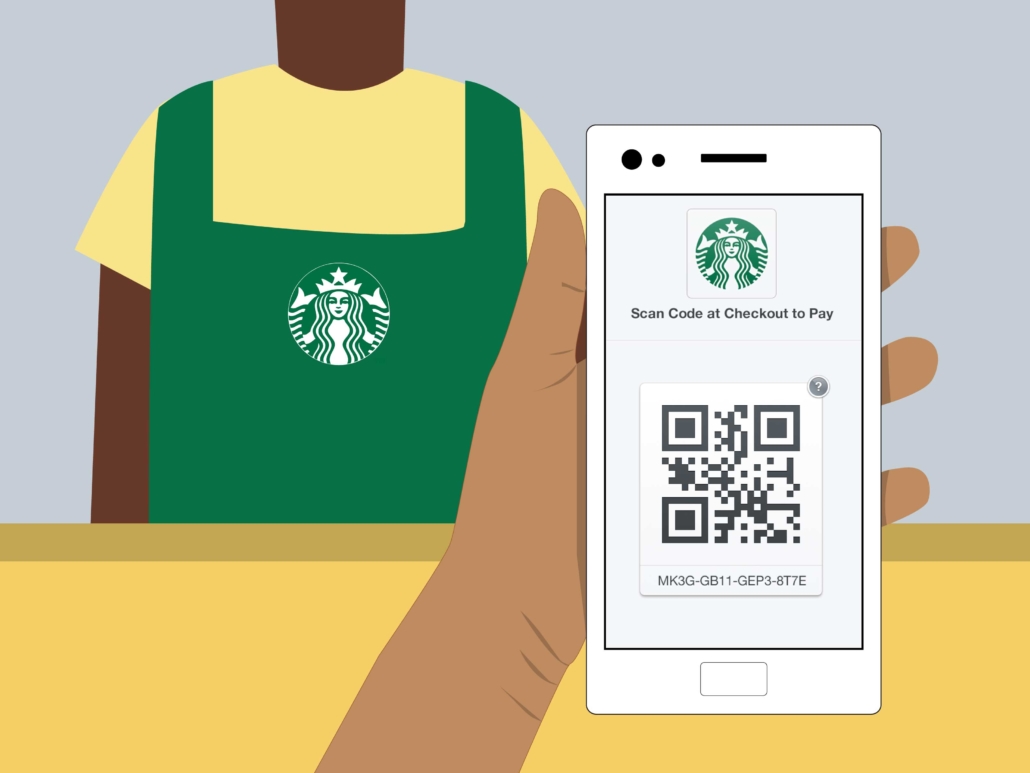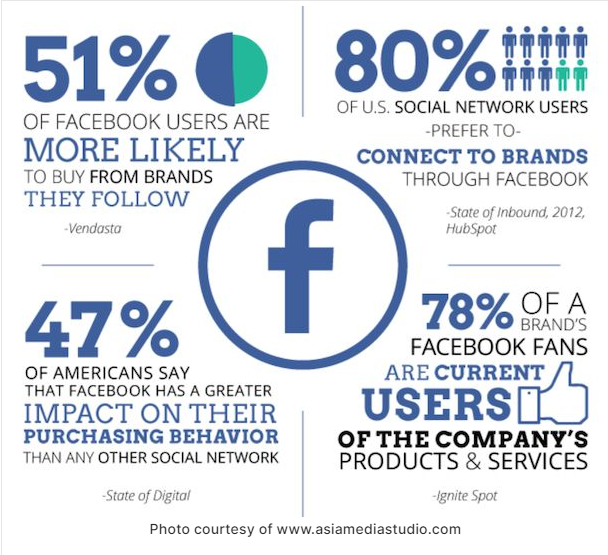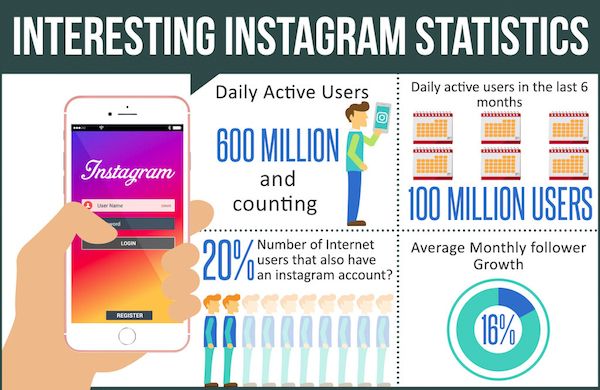Is QR Code Marketing For You?
In a world of smartphones and 5G connectivity, QR codes have finally taken off in the world digital marketing.
QR codes have been around since the 1990s, but their use has only recently become common practice. Governments have played a prominent role in this development, bringing QR codes into the mainstream with their use during Covid-19 pandemic response efforts.
How do you know if QR Code marketing is for you? Let’s find out.
The Origin of QR Code Marketing
QR codes were invented in 1994 by a Japanese automotive company called Denso Wave. They created them for the purpose of tracking vehicles throughout production. The code pattern was inspired by a game called “Go” an abstract strategy game known for black and white pieces. Each QR code is uniquely designed so that it can be tied back to a piece of online data.
Codes can be read from all directions, so that the user can scan it quickly and land on the web page immediately. Before the pandemic, many thought the QR code had failed to reach its potential. However, COVID-19 had made QR codes to the center of public attention. Restaurants quickly popularized QR codes so customers can be instantly directed to their online menu.
Over 83% of American consumers have canned a QR code at least one, and 72% of people have scanned a QR code within the last month. Creating unique QR codes is a simple task that anyone can do. Nowadays, there are many free online QR code generators that can create them in a matter of seconds.
Since anyone and everyone has now jumped on board to QR code marketing, is there creative ways to implement them into your strategy? Let’s explore some examples of QR Code marketing methods.
Examples of QR Code Marketing
- Coinbase
Coinbase is a great example of simple yet effective. During the 2022 Super Bowl, the brand created one of the most popular ads that displayed a bouncing QR code. Users could can the code and gain access to $15 worth of free bitcoin if they signed up for an account. Even though the ad slot cost them $13 million, their main goal was to attract attention – which worked. Their website crashed shortly after the ad went live due to a massive surge in web traffic.
- Starbucks
Starbucks is another coffee retailer who has been incorporating mobile into its everyday initiatives. The Starbucks Card mobile application is now accepted at many Target and Starbucks stores, making it one of the largest mobile payment initiative in the U.S.
The mobile application lets Starbucks customers check their card balance, reload the card and view transactions. The new QR code initiative shows that Starbucks is using mobile to further engage with consumers.
Benefits of QR Codes
As the examples showed, QR codes offer a lot more marketing potential than one might initially think. They are cheap, ubiquitous, and can be used very creatively. Brands today are already taking advantage of QR codes in marketing campaigns so think about how you can also use them to achieve:
– Increased brand awareness
– Increased traffic to your website or blog
– More sales of your products or services
Why Onimod Global
At Onimod Global, one of our main goals is to develop ‘Digital Synergy’ for your company. ‘Digital Synergy’ is about having visibility in the places your consumer needs you, including introducing QR codes for your brand. Every search request is an opportunity; each action on a social site is an opportunity. Having the correct brand, product or service positioning is essential.
We align marketing departments with sales and executive directions. Our consultative approach streamlines and organizes the marketing conversation for your business. Got questions about QR codes or want to learn more about our services? Contact us here today.





